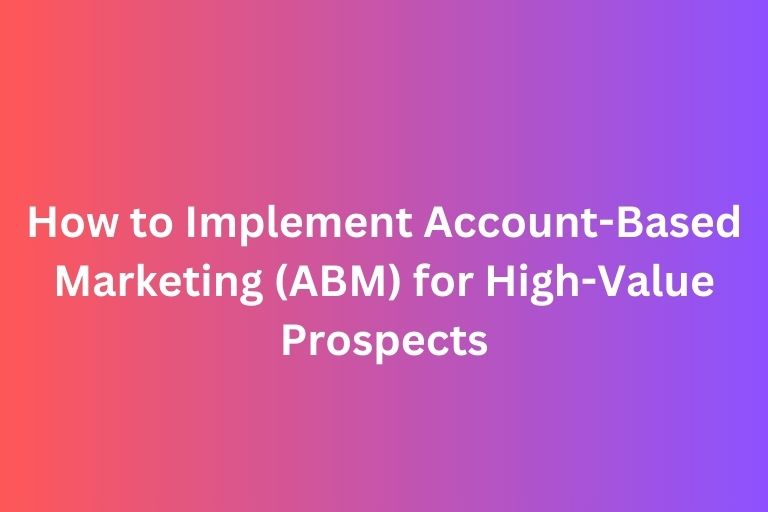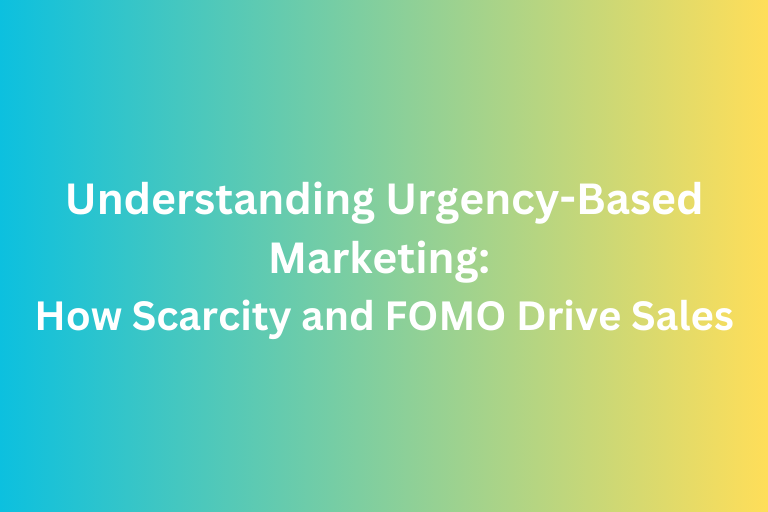Product: The Heart of Your Strategy
Understanding Your Product
At the core of any marketing strategy is the product itself. This isn’t just about what you’re selling but how effectively it meets the needs and desires of your target market. A thorough grasp of your product’s features, benefits, and unique selling propositions (USPs) is essential.
Key Considerations:
● Features and Benefits: Identify what makes your product unique and how it solves specific problems or provides advantages.
● Quality and Design: Ensure your product’s quality and design meet or exceed customer expectations.
● Branding: Build a strong brand identity to differentiate your product and enhance its perceived value.
Price: Balancing Value and Profit
Setting the Right Price
Price is more than just a number; it’s a strategic tool that affects how your product is perceived. It must reflect the value provided, align with market conditions, and support your overall business objectives.
Key Considerations:
● Pricing Strategies: Consider various pricing strategies, such as cost-plus, value-based, or competitive pricing, to find the best fit for your product.
● Perceived Value: Set a price that aligns with the value customers perceive from the product.
● Discounts and Offers: Use discounts and special offers strategically to attract and retain customers without diminishing your brand’s value.
Place: Reaching Your Audience
Choosing the Right Distribution Channels
Place refers to how and where your product is sold and distributed. Effective distribution ensures your product reaches customers through the most convenient and effective channels.
Key Considerations:
● Distribution Channels: Select channels that best reach your target audience, whether through physical stores, online platforms, or a mix of both.
● Logistics and Supply Chain: Efficient logistics and supply chain management are key to timely delivery and customer satisfaction.
● Market Coverage: Choose the level of market coverage—intensive, selective, or exclusive—that aligns with your marketing objectives.
Promotion: Communicating Your Message
Crafting Your Promotional Strategy
Promotion involves all activities designed to communicate your product’s benefits and persuade customers to make a purchase. This includes a mix of advertising, sales promotions, public relations, and personal selling.
Key Considerations:
● Advertising: Utilize various advertising platforms (TV, social media, online ads) to reach your target audience effectively.
● Sales Promotions: Implement promotions such as discounts, coupons, or limited-time offers to boost immediate sales.
● Public Relations: Maintain a positive public image through media relations and community engagement.
● Personal Selling: Engage with potential customers directly to address their needs and encourage purchases.
Conclusion
Mastering the Four P’s of Marketing—Product, Price, Place, and Promotion—is crucial for developing a successful marketing strategy. By meticulously analyzing and optimizing each component, you can create a cohesive and effective marketing plan that resonates with your target audience and drives growth.
Ready to elevate your marketing strategy? Dive deeper with expert insights and practical advice tailored to your needs. Contact us today for a free consultation or to schedule a meeting.
Contact Us | Schedule a Meeting
Let’s transform your marketing strategy into a powerful engine for success!











